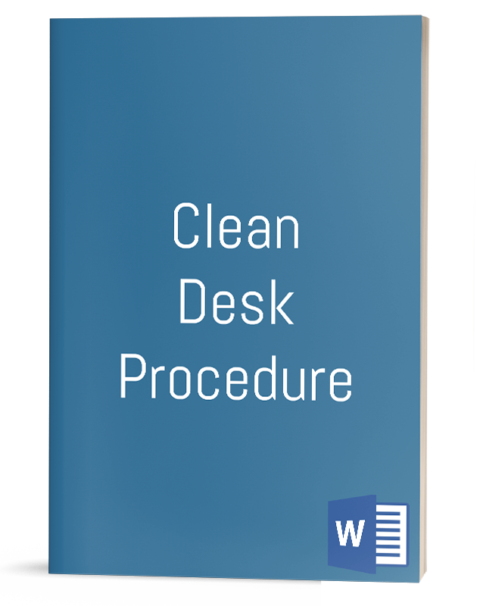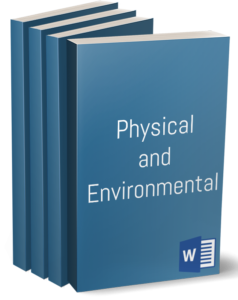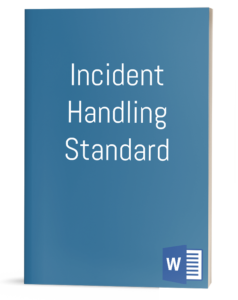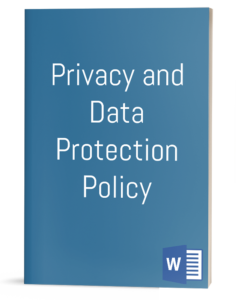
Clean Desk Procedure
The Clean Desk Procedure was developed by the Company in order to protect classified information, company’s goods and employees’ personal goods, as well as to reduce the risk of fire, incidental floods or any other damaging events.
The procedure expects all employees to maintain as little information as possible on their desks and to clean their desks before leaving at night and locking away any proprietary information and/or documents and/or any valued object that would be easily taken.
This procedure has a positive side effect in that desks and work areas will be more neatly maintained. Another positive side effect is that materials that are left out are more likely to be damaged or destroyed in a fire, explosion, or other disaster.
This procedure covers all desk and working area owned by the Company. Outside of regular working hours, all employees must clean their desks and working areas such that all sensitive or valuable data is properly secured.
CONTENT
1. OVERVIEW
1.1 PROCEDURE OWNER
1.2 CLASSIFICATION
1.3 APPLICABLE REGULATIONS
1.4 RELATED [COMPANY] NORMS AND PROCEDURES
1.5 OBJECTIVES
1.6 AUDIENCE AND SCOPE
1.7 DOCUMENT SUPPORT
2. DEFINITIONS & ABBREVIATIONS
3. REQUIREMENTS
3.1 CLEAN DESK
3.2 CLEAR SCREEN
4. ROLES AND RESPONSIBILITIES
4.1 EMPLOYEES
4.2 MANAGERS
5. EXCEPTIONS
6. FINAL CONSIDERATIONS
6.1 DISCIPLINARY ACTIONS AGAINST PROCEDURE VIOLATION
6.2 DOCUMENT REVISION
Pages: 7
Related Products:
Physical and Environmental Bundle
€349.99
This bundle contains all the products listed in the Physical and Environmental section. Take advantage of the 25% OFF when buying the bundle!
Physical and Environmental Bundle
€349.99
This bundle contains all the products listed in the Physical and Environmental section. Take advantage of the 25% OFF when buying the bundle!
Incident Handling Standard
€49.99
This document highlights the standard requirements for Information Security Incident Handling within the Company.
Incident Handling Standard
€49.99
This document highlights the standard requirements for Information Security Incident Handling within the Company.
Privacy and Data Protection Policy
€79.99
The Privacy and Data Protection Policy sets forth minimum standards for the collection, access, use, disclosure, disposal, safeguarding and other handling of certain nonpublic identifiable information on current, former, and prospective employees, clients and other third parties that the Company keeps or uses for business purposes. Such information is referred to as “Protected Information”.
Privacy and Data Protection Policy
€79.99
The Privacy and Data Protection Policy sets forth minimum standards for the collection, access, use, disclosure, disposal, safeguarding and other handling of certain nonpublic identifiable information on current, former, and prospective employees, clients and other third parties that the Company keeps or uses for business purposes. Such information is referred to as “Protected Information”.



Review Clean Desk Procedure.
You must be logged in to post a review.